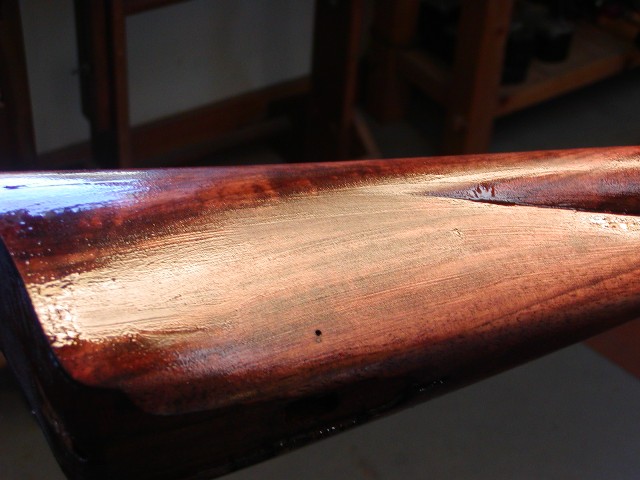- Joined
- Aug 27, 2004
- Messages
- 2,991
- Reaction score
- 6,392
I am using Sutherland Wells tung oil on a black walnut underhammer build. I have used this fine product for two other rifles and it is almost dummy proof for good results. My two previous builds were curly maple. I used around 7 coats of tung oil. This black walnut has 9 or 10 coats of full strength oil on it, and the wood pores have not filled yet. Since I have never used BW before, I would like to hear some forum thoughts.
Thanks
Larry
Thanks
Larry






